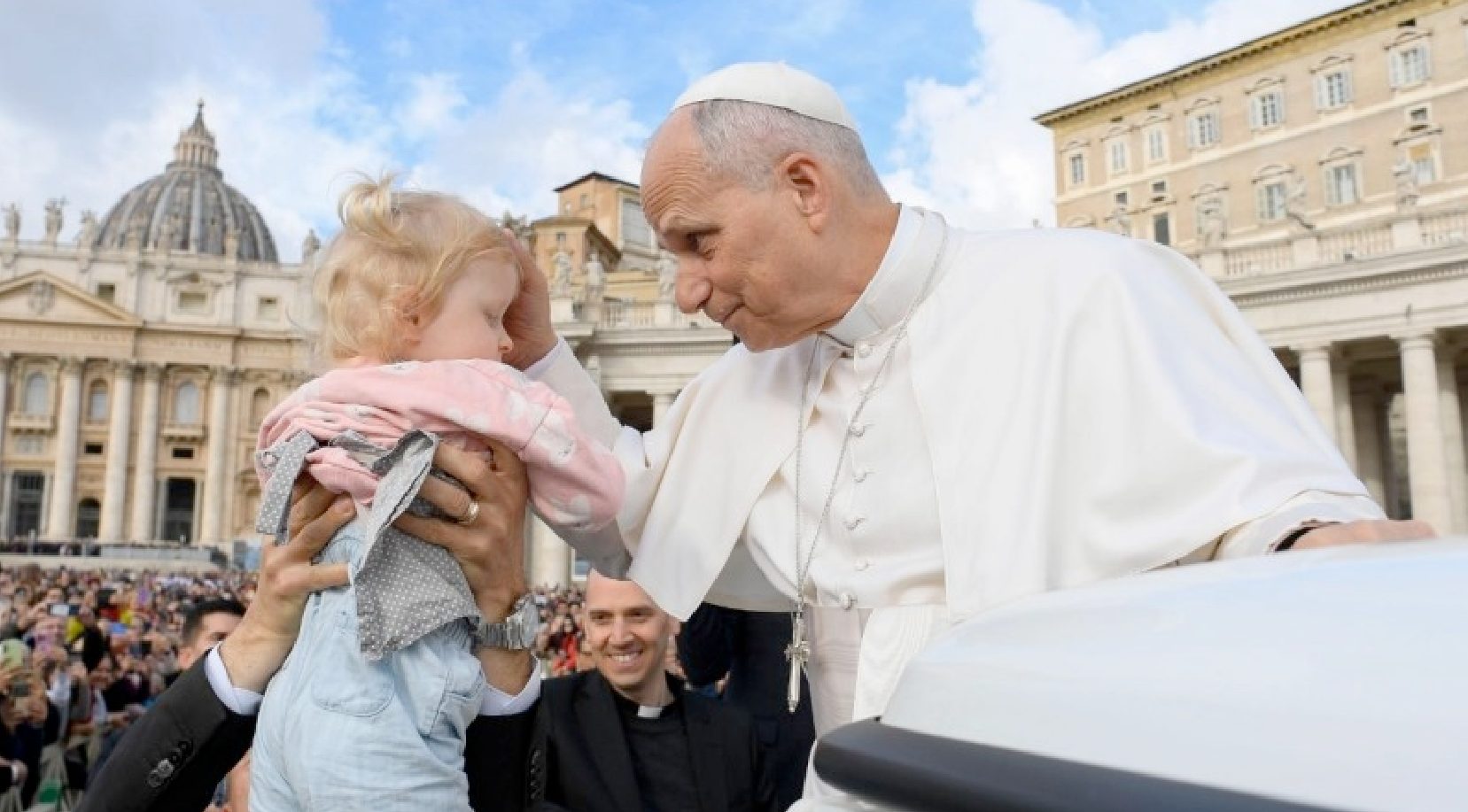Copyright zenit

(ZENIT News / Vatican City, 10/25/2025) – On Saturday morning, October 25, Pope Leo XIV presided over the extraordinary General Audience held most Saturdays of the Jubilee Year 2025 to welcome pilgrims. The Audience was held in St. Peter’s Square, where the Holy Father, after riding through the aisles in the popemobile to greet pilgrims, offered a catechesis on «learned ignorance» as a form of hope. Below is the English translation provided by ZENIT. Dear Brothers and Sisters, Good Morning and Welcome! You have reached the end of your pilgrimage, but, like Jesus’ disciples, we must now learn to inhabit a new world. The Jubilee has made us pilgrims of hope precisely for this reason: now everything must be contemplated in the light of the Resurrection of the Crucified One. It is in this hope that we find salvation! Yet our eyes are not accustomed to it. That is why, before ascending to Heaven, the Risen One began to educate our gaze. And He continues to do so today! Indeed, things are not as they seem: love has won, even though we have before our eyes so many contrasts and see the clash of so many opposites. In a similarly turbulent time, in the 15th century, the Church had a Cardinal who is still little known today. He was a great thinker and a servant of unity. His name was Nicholas, and he was from Kues, Germany: Nicholas of Cusa. He can teach us that to hope is also «not to know.» As Saint Paul writes, «How can one hope for what one sees?» (Romans 8:24). Nicholas of Cusanus could not see the unity of the Church, shaken by opposing currents and divided between East and West. He could not see peace in the world and among religions, at a time when Christianity felt threatened from without. Yet, while traveling as a diplomat for the Pope, he prayed and thought. That is why his writings are full of light. Many of his contemporaries lived in fear; others were arming themselves with new Crusades. Nicholas, on the other hand, from a young age chose to associate with those who had hope, with those who delved into new disciplines, with those who reread the classics and returned to the sources. He believed in humanity. He understood that there are opposites that must be held together, that God is a mystery in which what is in tension finds unity. Nicholas knew that he did not know, and thus he understood reality ever better. What a great gift for the Church! What a call to renewal of the heart! These are his teachings: to make space, to hold opposites together, to hope for what is not yet seen. Cusanus spoke of a «learned ignorance,» a sign of intelligence. The protagonist of some of his writings is a curious character: the idiot. He is a simple person, who has not studied and who poses elementary questions to scholars that challenge their certainties. This is also the case in the Church today. How many questions challenge our teaching! Questions from young people, questions from the poor, questions from women, questions from those who have been silenced or condemned for being different from the majority. We are in a blessed time: how many questions! The Church becomes an expert in humanity if she walks with humanity and carries in her heart the echo of its questions. Dear brothers and sisters, to wait is not to know. We no longer have the answers to all our questions. But we have Jesus. We follow Jesus. And then we await what we have not yet seen. We become a people in whom opposites are composed into unity. We enter like explorers into the new world of the Risen One. Jesus precedes us. Let us learn, advancing step by step. It is a path not only for the Church, but for all humanity. A path of hope. Translation of the original Italian into Spanish by ZENIT’s Editorial Director and, into English, by Virginia M. Forrester.



